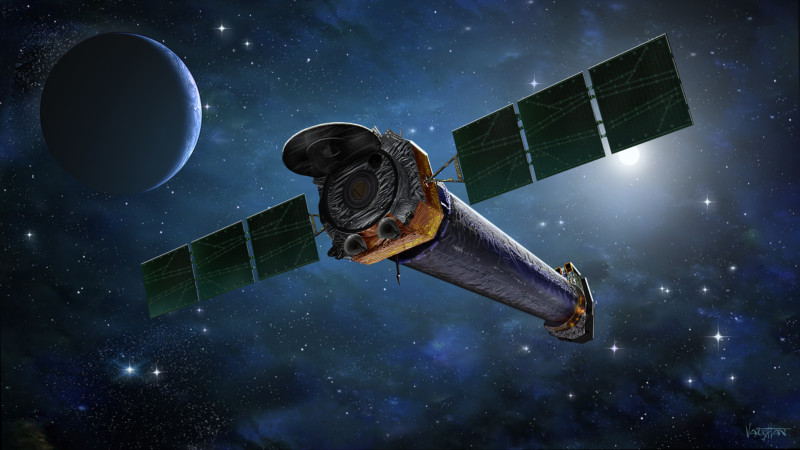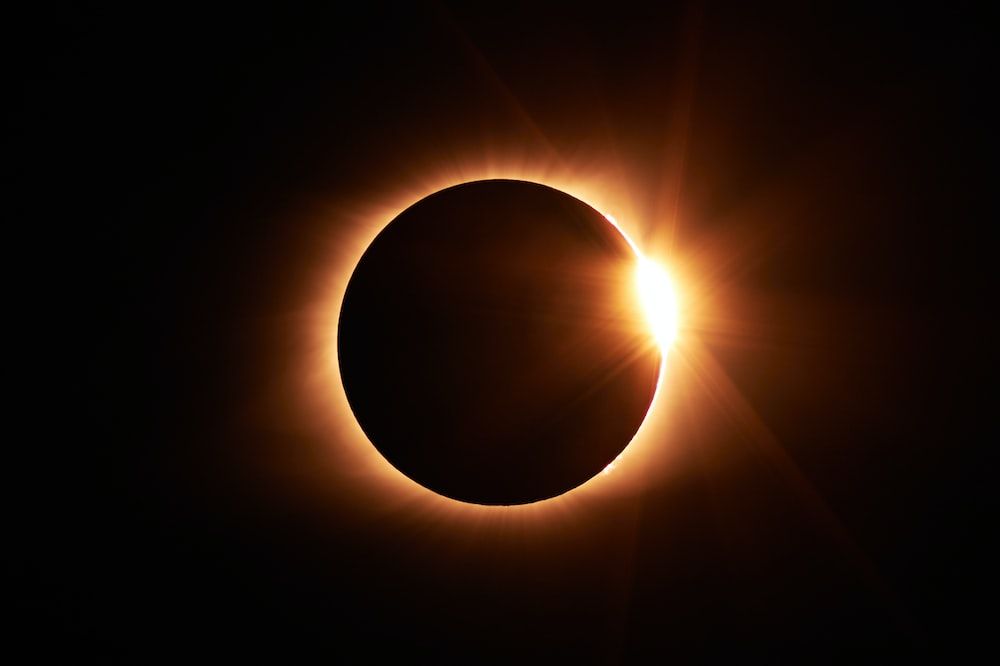NASA Pictures Big Rings of Gentle Bordering a Black Hole
A magnificent image of a big set of rings bordering a black gap has been captured by the NASA Chandra X-Ray Observatory and Neil Gehrels Swift Observatory.
The photo reveals large rings all-around a black hole, which is not noticeable alone since black holes include no light and are as a result not in a position to be imaged. But many thanks to X-ray imaging, NASA suggests the pics of the large rings expose information and facts about dust positioned in the Milky Way Galaxy, applying a identical principle to the X-rays performed in doctor’s offices and airports.
This specific black gap is component of the binary technique referred to as V404 Cygni located about 7,800 light-weight-several years from Earth.
“The black gap is actively pulling content absent from a companion star — with about 50 percent the mass of the Sun — into a disk all around the invisible object. This content glows in X-rays, so astronomers refer to these units as ‘X-ray binaries,’” NASA suggests.
The rings observed in the photo over depict the X-rays that are bouncing off the dust in that galaxy that are scattering all-around the black gap in a halo pattern. As discussed by an astronomer on Reddit, the finest way to realize this is to evaluate it to the exact same way that a halo may form all around the sunshine because of to ice crystals in the sky. The motive the halo is noticeable is mainly because there is a rather uniform cloud of fuel and dust in involving the black gap and the observatories made use of to seize the image.
The black hole is, proportionally, significantly scaled-down than the encompassing rings. As described, the mass of this black hole is not especially big at only about fifty percent the mass of Earth’s Sunlight.
The Chandra Observatory
NASA’s Chandra Observatory was introduced on July 23, 1999 and has been the place agency’s flagship for X-ray astronomy. It is a telescope created specially to detect X-ray emissions from incredibly scorching areas of the universe, this kind of as exploded stars, clusters of galaxies, and the issue encompassing black holes (these types of as the picture previously mentioned), NASA points out.

“Chandra carries four incredibly sensitive mirrors nested inside of each other. The energetic X-rays strike the insides of the hollow shells and are focussed on to digital detectors at the finish of the 9.2-meter (30-foot.) optical bench. Depending on which detector is made use of, pretty in depth illustrations or photos or spectra of the cosmic source can be made and analyzed,” NASA claims.
Chandra sits in an elliptical orbit additional than a third of the distance to the Moon close to Earth. Its present site can be calculated through NASA’s Satellite Tracking Tutorial.
Graphic Credits: X-ray: NASA/CXC/U.Wisc-Madison/S. Heinz et al. Optical/IR: Pan-STARR







